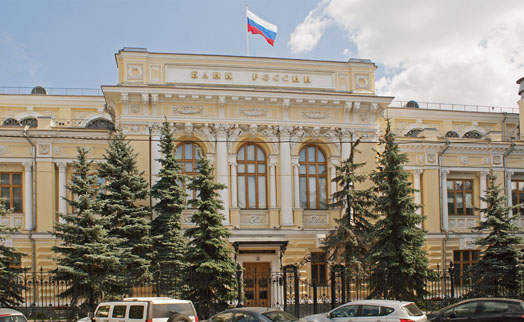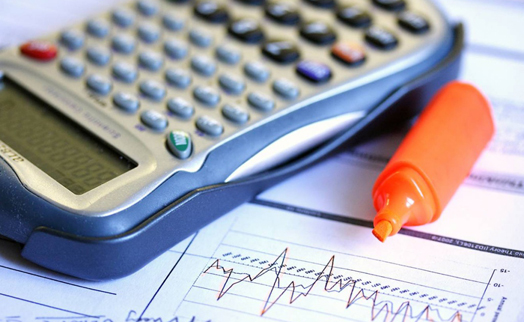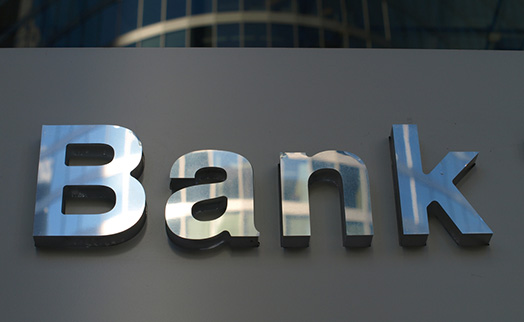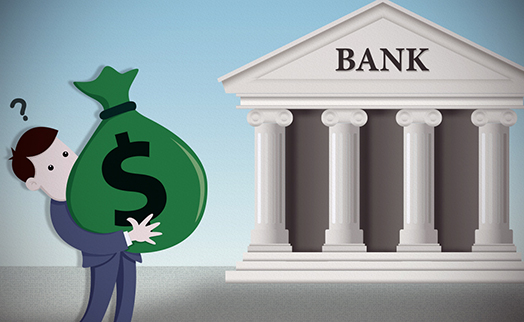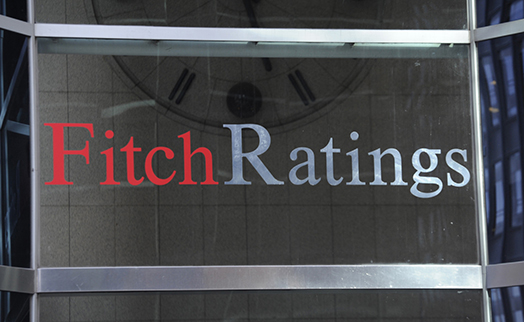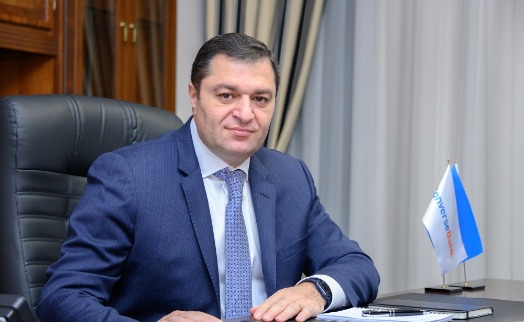02.04.2015 16:29
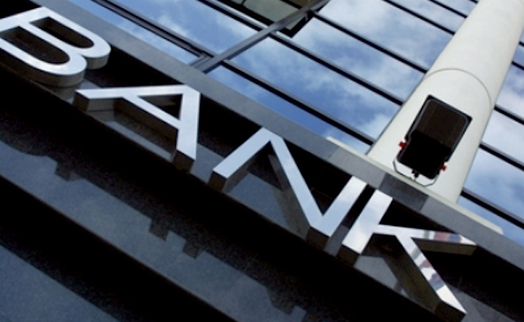
YEREVAN, April 2. /ARKA/. The capital adequacy ratio (the percentage of capital to risk-weighted assets) of Armenia’s banks was 14.5% in 2014, as compared to 16.7% the year before.
The capital adequacy ratio (H1) is one of the key requirements and needs to be met by all credit organizations. The ratio gives an indication of the bank’s reliability and reflects its ability to offset all possible losses themselves, not affecting the clients.
According to the central bank, this ratio fell from 16.1% in November to 14.5% in December mainly due to toughened requirements amid steep depreciation of the Armenian dram over the last months of 2014.
Apart from this, Armenian banks’ transfer to BASEL III since 2014 has put additional pressure on the capital adequacy level. The new principles imply no change of the bank capital norm, but provide for stricter requirements to improve the structure and the quality of the capital and for two new buffers, i.e. capital conservation and counter-cyclical capital.
It is worth to mention that capital adequacy level has kept dropping in Armenia for several years now. The H1 ratio of Armenian banks has dropped by 7.7 percentage points over the last 5 years, mainly due to the growing gap between the aggregate assets and the capital. The banking system demonstrates high growth rates every year, with no substantial investments in the capital. The banks’ assets grow by an average of 20% every year, while the capital growth is 5% only.
Despite the dropping capital adequacy level, all Armenian banks not only meet the respective minimum requirement of 12% today, but are above the norm.
An analysis by ARKA showed the percentage of total capital to risk-weighted assets is ranging between 12.36% and 12.97% for the following six banks – Conversebank, Armenian Development Bank, Armeconombank, Anelik Bank, Artsakhbank and VTB Bank (Armenia).
The ratio is even higher – between 13.1% and 18.25% - for some eleven banks: Areximbank-Gazprombank Group, Ameriabank, Armbusinessbank, Ardshibank, ACBA-CREDIT AGRICOLE BANK, Inecobank, HSBC Bank Armenia, Unibank, ProCredit Bank, Byblos Bank Armenia and Araratbank.
Another four banks – Armswissbank, Prometey Bank, BTA Bank and Mellat Bank – have their ratios ranging between 21.09% and 77.06%.
This means, in terms of CAR (capital adequacy ratio), the local banks have had nothing to worry about so far. Yet, there is some concern that efficiency indicators, such as capitalization, return and liquidity, have also dropped. In particular, the level of capitalization of the banks (total capital to total assets) fell by 1.7 percentage points to 14.33%, return on assets (ROA) dropped by 0.9 p.p. to 0.91%, and return on equity (ROE) declined by 5.54 p.p. down to 5.58% over the last year, with the total liquidity levels having dropped by 4.4 p.p. to 25.1%.
In order to enhance efficiency and stability of the banks, the central bank decided to raised, as from January 1, 2017, the minimum total capital requirement for commercial banks to 30 billion drams from 5 billion drams before. Today only five out of 21 commercial banks operating in the country meet this new requirement. This means the other 17 banks will have to think about capital top-up or consolidation.
In this respect, the fact that the share of foreign banks in the total capital of Armenian banks is about 67.5% inspires optimism, as the foreign capital can contribute to the top-up.
In general, consolidation of Armenia’s banks can help improve their reliability, stability and efficiency, which, in turn, will open up new opportunities for development, increase lending to economy, raise the service standards and improve the prestige of the Armenian banks in the global market.
As of the end of 2014, total assets of Armenia’s commercial banks amounted to about 3,410.6 billion drams (16.1% growth); liabilities were 2,921.8 billion drams (18.3% growth), total capital – 488.7 billion drams (4.2% growth), loan investments - 2,162.9 bln drams (21.2% increase), and net profit amounted to 27.1 billion drams (41.3% decline).–0–
Read the news first and discuss them in our Telegram
Tags:






